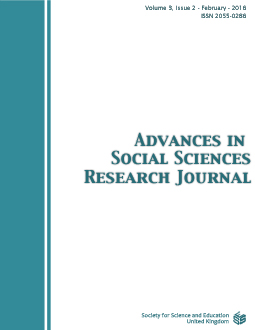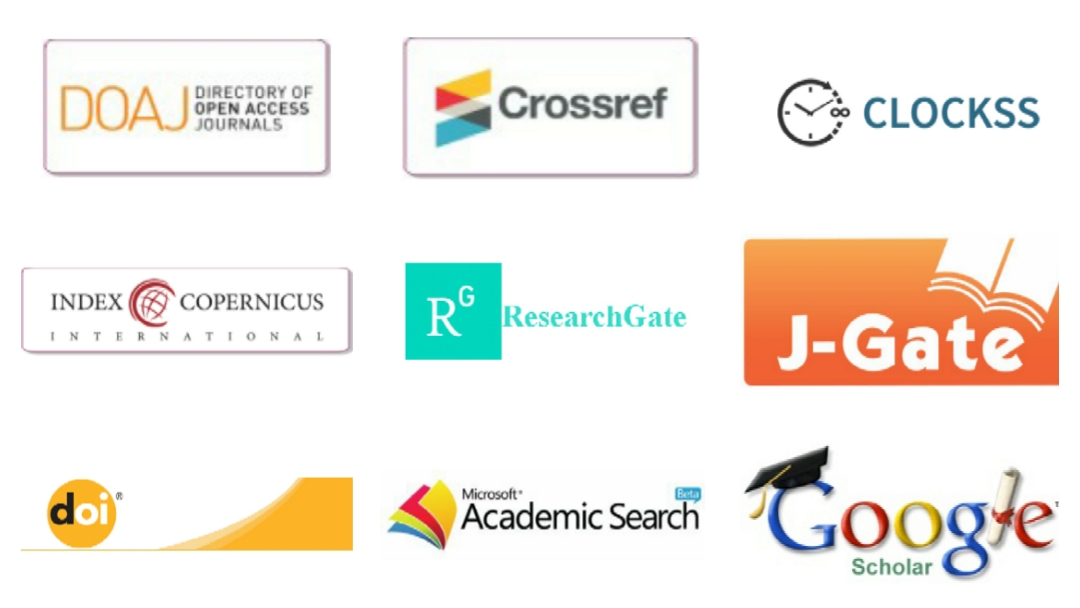Counterproductive Work Behaviour Among Academic and Administrative Staff and Its effect on the Organizational Effectiveness.
DOI:
https://doi.org/10.14738/assrj.32.1561Keywords:
Organizational effectiveness, counterproductive work behaviour, toxic institutions.Abstract
This article examines the impact of counterproductive work behaviours of academic and administrative staffs on the effectiveness of an educational institution. Results showed that the perpetrators of deviant acts were individual actors and groups who were influenced by personal and organizational factors. Employee behaviours were intentional and geared towards harming the institution for personal benefits and reprisal. These intentional behaviours were targeting specific victims such as the institution, students, other key stakeholders, and the community. The nature and execution of behaviours were divided into categories stemming from misuse of organization’s time and resources, poor attendance and work quality, and unfair work practices. Consequences of these deviant acts led to organizational ineffectiveness in the form of poor students’ services, quality control issues, low students’ intake and retention, and bad institutional reputation - leading to the conclusion that the institution is toxic and not functioning according to it guiding principles and norms.
References
Adler, S. & Golan, J. (1994). Lateness as a withdrawal behavior. Journal of Applied
Psychology, 66(5), 544-554. doi: 10.1037/0021-9010.66.5.544
Appelbaum S. H., Iaconi, D, (2011). Positive and negative deviant workplace
behaviors: causes, impacts, and solutions, Emerald Group Publishing Limited, 7: 5, 586-598, DOI 10.1108/14720700710827176
Ashraf, G., & Kadir, S. (2012). A Review on the Models of Organizational Effectiveness: A
Look at Cameron's Model in Higher Education, International Education Studies, 5(2), 80 doi:10.5539/ies.v5n2
Baucus, M. S., & Near, J. P. 1991. Can illegal corporate behavior be predicted? An event history
analysis. Academy of Management Journal, 34, 9–36.
Bryant, M., & Higgins, V. (2010). Organizational change Self-confessed troublemakers: An
interactionist view of deviance during. Human Relations, 63, 250
Chirasha, V., & Mahapa, M. (2012). An Analysis of the Causes and Impact of Deviant
Behaviour in the Workplace. The Case of Secretaries in State Universities. Journal of Emerging Trends in Economics and Management Sciences (JETEMS), 3(5), 415-421.
Coccia, C. (1998), “Avoiding a toxic organization”, Nursing Management, 29(5), 32-4.
Daft, R.L. (1995), Organization theory and design, St. Paul: West Publishing
Dugan, R., E., & Hernon, P. (2002). Outcomes Assessment: Not Synonymous with Inputs and
Outputs. The Journal of Academic Librarianship, 28, (6). P.376-380
Henle, C. A. (2005). Predicting Workplace Deviance from the Interaction between
Organizational Justice and Personality, Journal of Management,17, 247-263
Jelinek, R., & Ahearne, M. (2006). ‘The enemy within: examining salesperson deviance and its
determinants’. Journal of Personal Selling and Sales Management, 26, 327–344.
Jensen, J. M., & Raver, J. L. (2012). When Self-Management and Surveillance Collide:
Consequences for Employees' Organizational Citizenship and Counterproductive Work
Behaviors. Group & Organization Management, 37, 308, DOI: 10.1177/1059601112445804
Kataria, A., Rastogi, R., Garg, A., P. (2013). Employee Engagement and Organizational
Effectiveness: The Role of Organizational Citizenship Behavior. Internal Journal of Business and Information Technology, 6 (1), 102 – 113.
Kleeman, G. L., & Richardson Jr, R. C. (1985). Student characteristics and perceptions of
university effectiveness. Review of Higher Education, 9(1), 5-20.
Koyuncu, M. – Burke, R. J. – Fiksenbaum, L. 2006: Work engagement among women
managers and professionals in a Turkish bank: potential antecedents and consequences.
Equal Opportunities International, 25, pp. 299–310.
Krapetch, C., Kanjanawasee, S., Prachyapruit, A., (2009). Organizational Effectiveness
Evaluation for Higher Educational Institutions, Ministry of Tourism and Sports. Research in Higher Education Journal.
Lau, V., C., S., Au, W., T., Ho, J., M., C., (2003). A Qualitative and Quantitative Review of
Antecedents of Counterproductive Behaviour in Organizations. Journal of Business and Psychology, Vol. 18, No. 1
Lawrence, T. B., Robinson, S. L., (2007) Ain’t Misbehavin: Workplace Deviance as
Organizational Resistance Journal of Management, 33:3, 378-394
DOI: 10.1177/0149206307300816
Nasir, M., and Bashir, A. (2012). Examining workplace deviance in public sector
organizations of Pakistan. International Journal of Social Economics, 39, 4, 240-253.
Ostroff , C., & Schmitt , N. (1993). Configurations of Organizational effectiveness and
efficiency. Academy of Management Journals, 36, 345-362
Robinson, S., Bennett, R. J. (1995). A Typology of Deviant Workforce Behaviours: A
Multidimensional Scaling Study. Academy of Management Journal 38: 2, p. 555-572.
Uline, C., Miller , D., M., & Tschannen-Moran, M. (1998).School Effectiveness: The Underlying
Dimensions. Educational Administration Quarterly, 34 (4), 462-483.
Downloads
Published
How to Cite
Issue
Section
License
Authors wishing to include figures, tables, or text passages that have already been published elsewhere are required to obtain permission from the copyright owner(s) for both the print and online format and to include evidence that such permission has been granted when submitting their papers. Any material received without such evidence will be assumed to originate from the authors.






